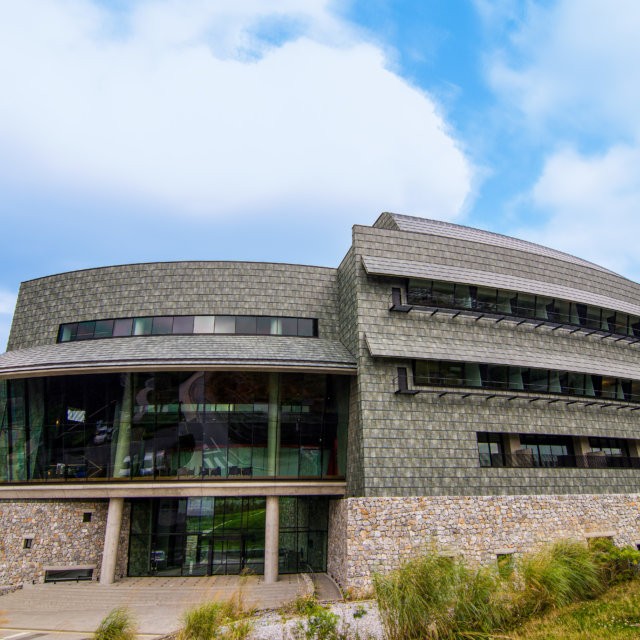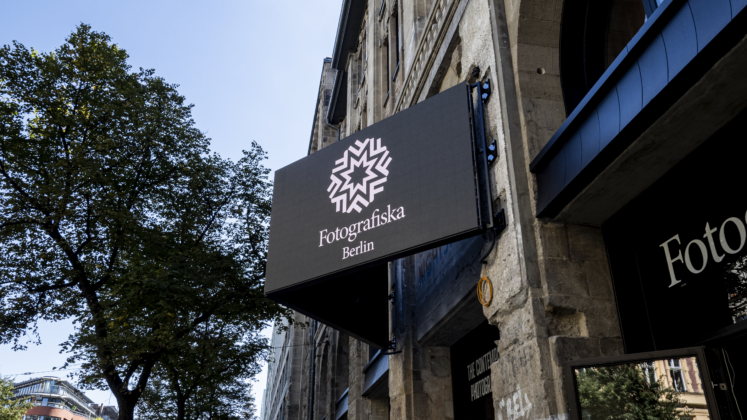

It is our passion to translate scientific issues and phenomena into spatial experiences, exhibits and installations. On behalf of the Mathematics, Mechanics, and Materials Unit of the internationally renowned Okinawa Institute of Science and Technology (OIST) in Japan, we are now producing a kinetic sculpture that does this in a very special way: a Möbius kaleidocycle. The result will be an object that embodies this fascinating discovery of the OIST scientists in the field of movement geometry and at the same time captivates the viewer with its aesthetics.
The OIST’s scientists Johannes Schönke and Eliot Fried described Möbius kaleidocycles for the first time in a scientific paper in 2018. Kaleidocycles are ring bodies consisting of a chain of tetrahedra. In this case, their chain-like ring connection also has the shape of a Möbius strip, which has no front and back, as it cannot be oriented. Its surface consists of only one edge and one side, so that it is not possible to distinguish between top and bottom or inside and outside. We encounter the Möbius strip in technology, science and also in philosophy and art, for example as a representation of infinity. For the OIST scientists, the discovery of the Möbius kaleidocycles and their scientific investigation is significant for many fields, such as mechanical engineering, physics or mathematics.
At the institute in Okinawa they have already created first drafts of a Möbius Kaleidocycle sculpture, whose limbs are supposed to rotate continuously from the inside out. Now they commissioned us to produce a larger, permanent kinetic installation consisting of nine tetrahedra on the basis of these drafts for the entrance area of a new institute building in Okinawa. A task as exciting as it is challenging!
Using 3D simulations of the sculpture and a 1:1 mock-up, we are investigating the dynamic forces acting on the structure through the movement and are extensively testing possible materials, drive motors and the programming for the three-dimensional movements. Already at this stage, the sculpture unfolds its very special aesthetic: the apparent contrast between its angular single bodies and the nevertheless smooth movement in the interplay of all parts, which seems almost contemplative to the viewer.
The finished sculpture is then scheduled to be delivered to Japan in early 2021.






